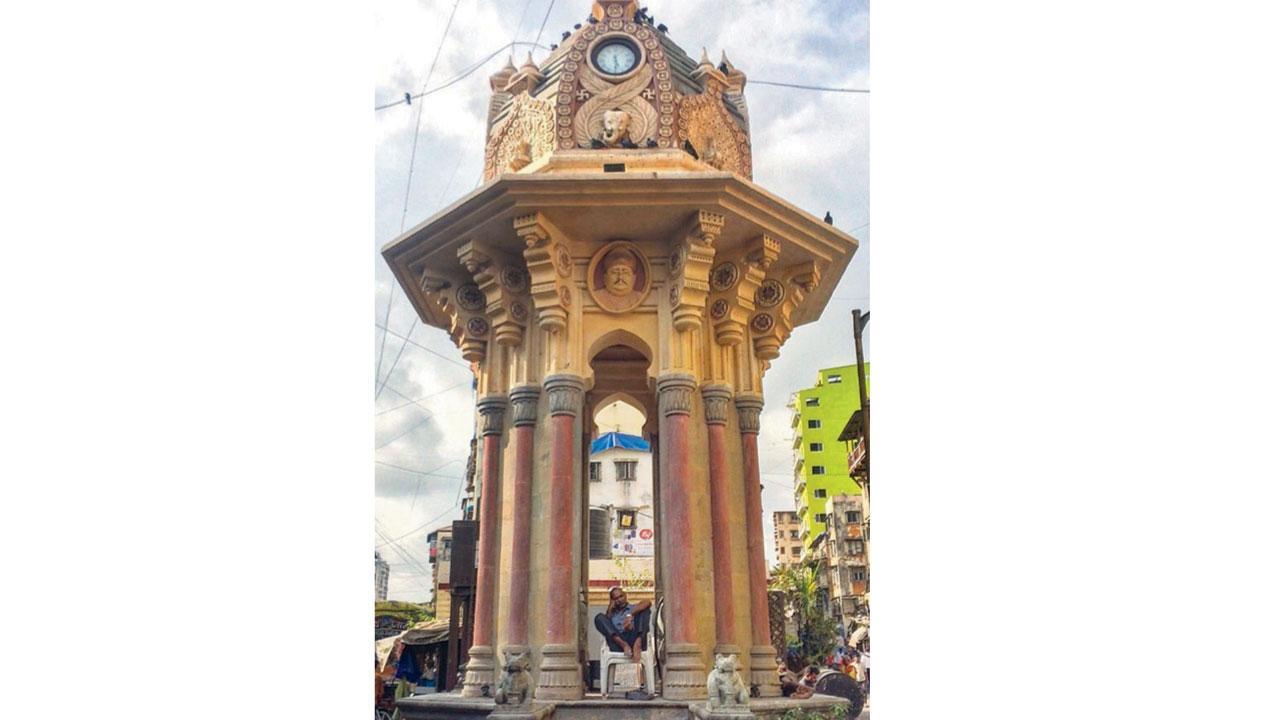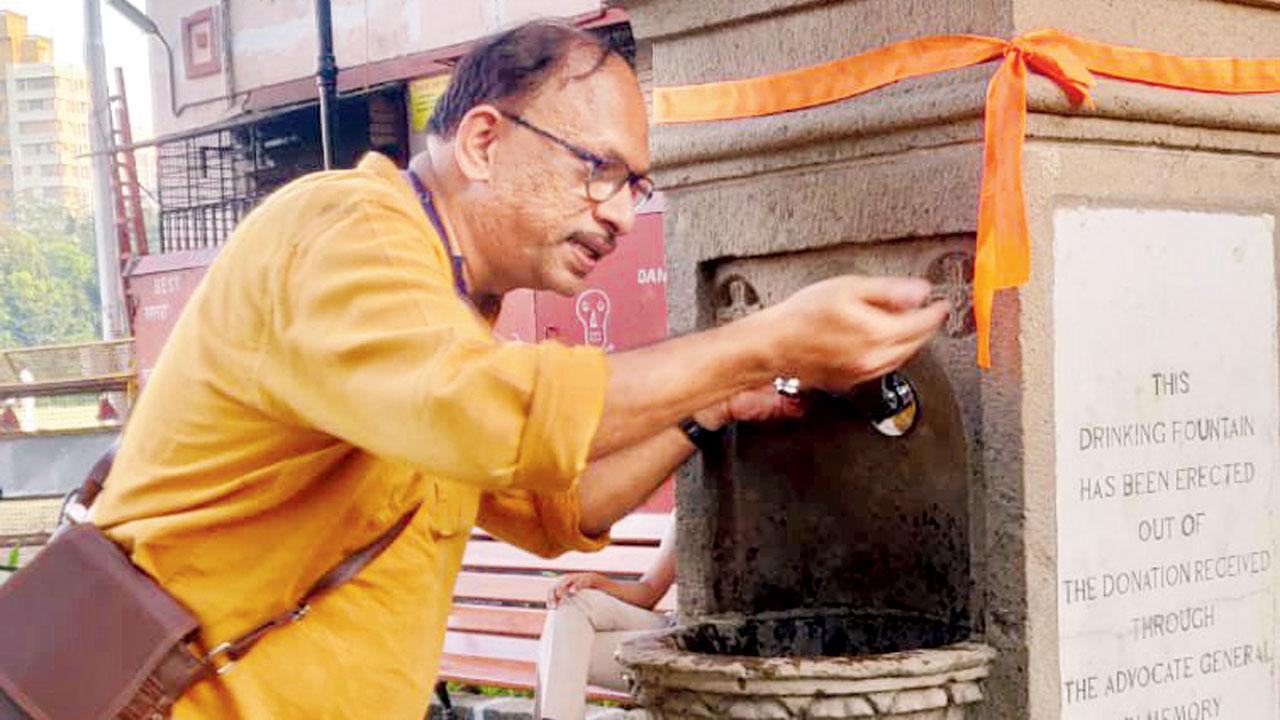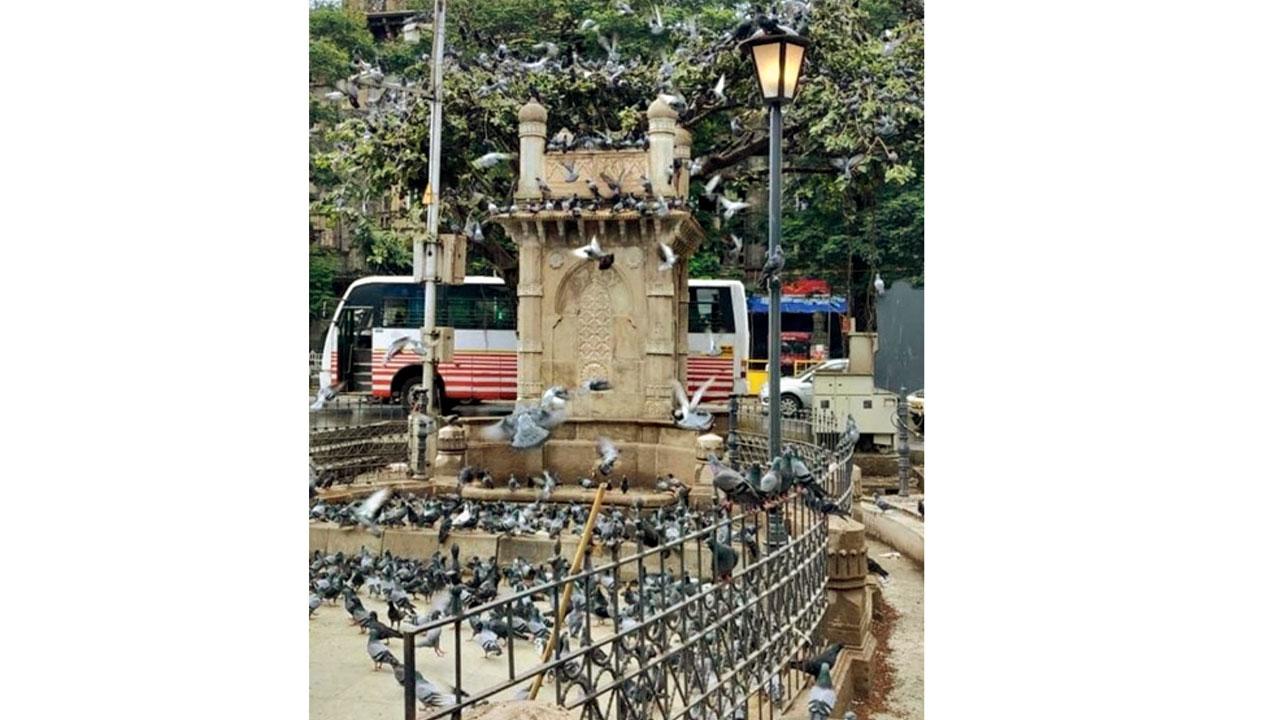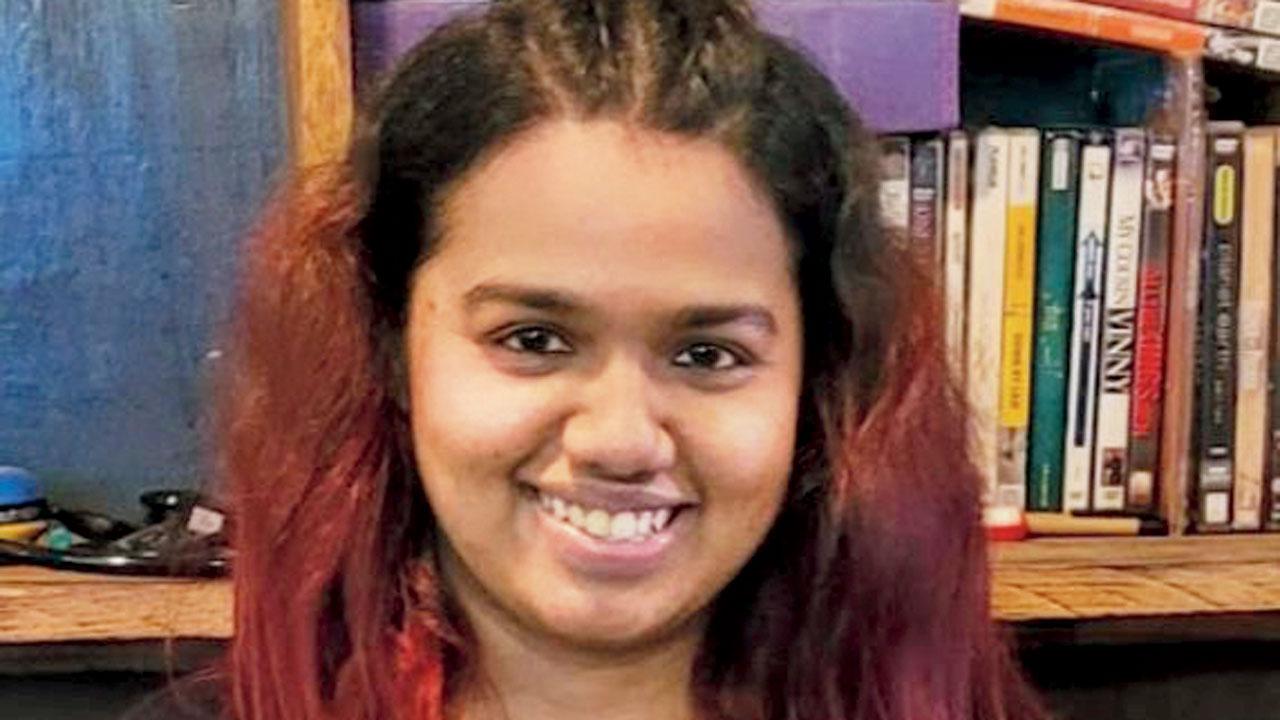This weekend, a guided travel traces Mumbai’s H2O birthright by celebration H2O fountains, and a socio-economic and informative past compared with these landmarks

Kesowwji Naik fountain, Masjid Bunder. Pics Courtesy/Vaastu Vidhaan
Mumbai’s ancestral celebration H2O fountains or, as they’re colloquially known, pyaavs, commissioned approximately between a 1870s and 1950s, while being critical structures in a city, tend to get overlooked. In this context, charge designer Rahul Chemburkar tells us that there are around 50 pyaavs left in a city. Today, 3 are organic after restoration, namely Kesowwji Naik fountain during Masjid Bunder, built in a late 1870s, Ramji Setiba pyaav commissioned in a early 20th century during Shivaji Park, and Kothari pyaav built in 1923, nearby a General Post Office building during Fort. Six other pyaavs are now underneath restoration, and will be non-stop to a open in a nearby future.

Rahul Chemburkar during Ramji Setiba pyaav during Shivaji Park, Dadar
Path of pyaavs
On an arriving birthright travel called Once Upon A Pyaav with Mumbai Pyaav Project, an beginning started by Chemburkar and his design organisation Vaastu Vidhaan, a 49-year-old will beam a curious, crude during 5 to 6 of a city’s pyaavs. Starting during Masjid Bunder’s Kesowwji Naik fountain, a travel will snippet a route of pyaavs compartment Horniman Circle during Fort. The route will cover sum of a fountains, such as their connection of several architectural styles and stories behind a designation to move to a forefront aspects of Mumbai’s socio-economic and informative heritage. “Each pyaav has a story to tell,” Chemburkar quips. Shruti Railkar of @passportandpizza who conducts birthright and food walks within a city, adds, “Mumbai’s H2O birthright is unique, nonetheless not many know about it. Uncovering these facets of a informative past is important.”

Devidas Prabhudas Kothari pyaav nearby CST
Pause spaces
If in need of some celebration H2O or rest while going about your day in a city, where would we go? Chemburkar records that a many renouned choice would be a café; even a mall or a grill currently is a designated assembly point. Chemburkar, who likes to be famous as a birthright enthusiast, highlights a miss of open spaces accessible in a city. He continues, “You wish to have places where we can correlate with people or rest. That’s one of a reasons because it’s critical to revive and say a bequest of pyaavs, rise a space around them for people to use, find condolence while they lay down, splash H2O and lift on with their day.” For Chemburkar, Mumbai’s yesteryear’s pyaavs are ideal spots for what he terms informative postponement spaces. A rebate in a squeeze of cosmetic H2O bottles is a
notable benefit.

Shruti Railkar
Windows to a past
These structures offer a look into a socio-economic ethos of a past. Chemburkar shares that we’ve been a city that was grown and built on trade and a liquid of people from all over who came here to work. He continues that this furthered a need for comforts such as marketplaces, benches, and travel lights —this enclosed celebration H2O fountains as well.
Chemburkar adds, “In digging into a story of pyaavs and documenting them, an engaging fact that we would like to indicate out that creates me unapproachable as a Mumbaikar, is that these pyaavs were commissioned for all communities.” They were donated in memory of a desired one or as an act of hospitality catering to tellurian beings and some to birds and animals, too. Today, a fountains are still called after a names mentioned on a plaques on a structures.
Restoring a pyaavs
He continues that while many pyaavs have been lost, demolished to make approach for new structures or interestingly remade for other uses, it’s critical to document, revive and safety a ones that are left. The designer adds that Mumbai has been during a forefront in holding initiatives to safety and request informative and birthright structures.
The functioning pyaavs offer filtered H2O to a passers-by. “It’s not sufficient to merely revive a structure; it’s critical that we breathe life into them and safeguard they’re functioning and confirmed after restoration,” Chemburkar signs off.
On: Jun 25; 8.30 am
Log on to: DM @passportandpizza to register and for details
Cost: Rs 750

<!–
$(“.read-more-my”).click(function() {
$(this).parent().siblings(“.more-text”).css(‘display’, ‘block’);
$(‘.article-first-para’).removeAttr(“style”);
$(this).parent().remove();
var height12=$(‘#showfullarticle’).offset().top();
$(window).scrollTop(height12);
(function(i, s, o, g, r, a, m) {
i[‘GoogleAnalyticsObject’]=r;
i[r]=i[r]||function() {
(i[r].q=i[r].q||[]).push(arguments)
}
, i[r].l=1*new Date();
a=s.createElement(o), m=s.getElementsByTagName(o)[0];
a.async=1;
a.src=g;
m.parentNode.insertBefore(a, m)
}
)(window, document, ‘script’, ‘//www.google-analytics.com/analytics.js’, ‘ga’);
//ga(‘create’, ‘UA-2326030-39′, ‘auto’);
let displayMode = ‘browser';
let dimensionValue=”browser”;
const mqStandAlone = ‘(display-mode: standalone)';
if (navigator.standalone || window.matchMedia(mqStandAlone).matches) {
if(displayMode==’standalone’){
ga(‘create’, ‘UA-213337986-1′, ‘auto’);//pwa
}else{
ga(‘create’, ‘UA-2326030-39′, ‘auto’);//live
}
}
ga(‘send’, ‘user’);
ga(‘send’, {
‘hitType':’event’, ‘eventCategory':’Showfullstory’, ‘eventAction':’user’, ‘eventLabel':’article’, ‘hitCallback':function() {}
, ‘hitCallbackFail':function() {}
});
});
–>
